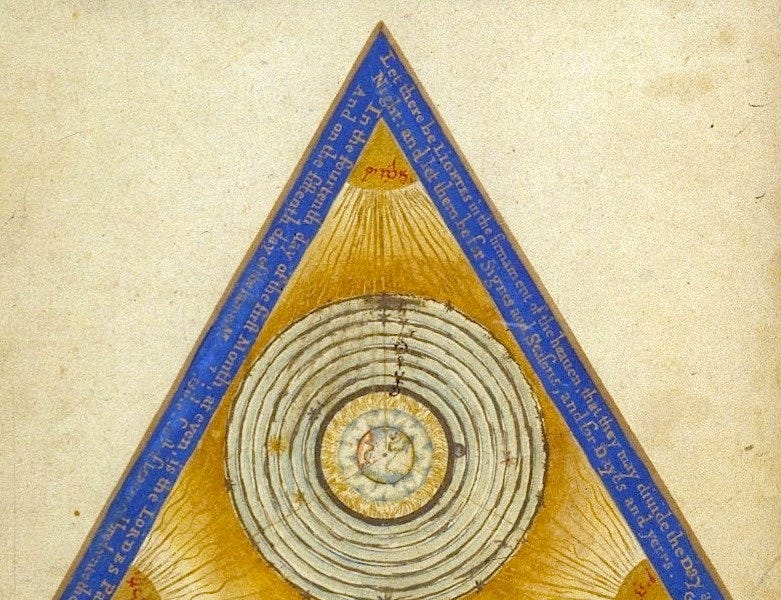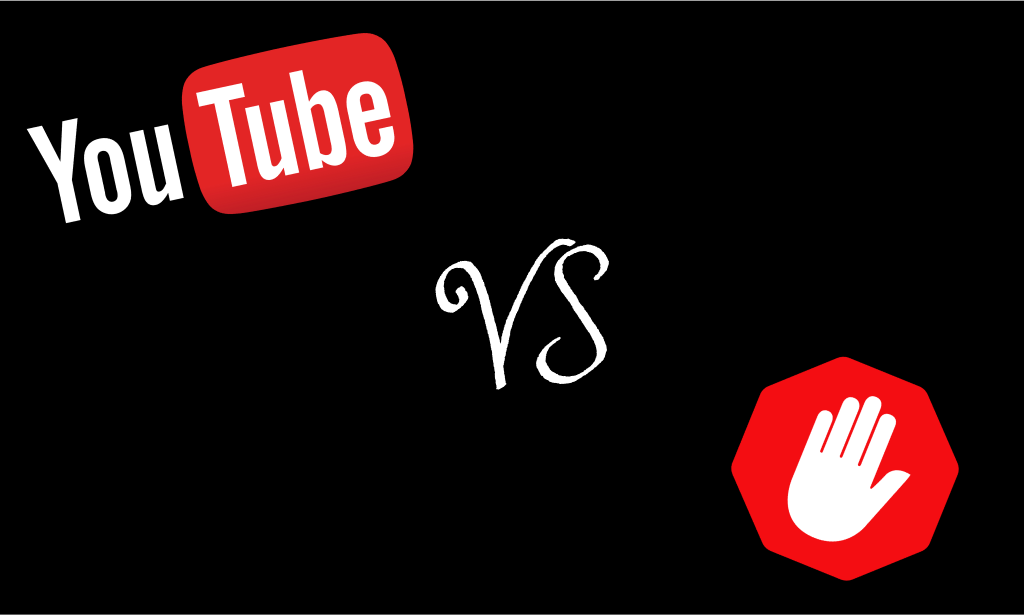
Generation of a Sleeping Beauty transposon-based cellular system for rapid and sensitive identification of SARS-CoV-2 host dependency and restriction factors
The severe acute respiratory syndrome coronavirus-2 (SARS-CoV-2) is the causative agent of the acute respiratory disease COVID-19, which has become a global concern due to its rapid spread. The common methods to monitor and quantitate SARS-CoV-2 infectivity in cell culture are so far time-consuming and labor-intensive. Using the Sleeping Beauty transposase system, we generated a robust and versatile reporter cell system that allows SARS-CoV-2 infection experiments compatible for high-throughput and live cell imaging. The reporter cell is based on lung derived A549 cells, which show a profound interferon response and convenient cell culture characteristics. ACE2 and TMPRSS2 were introduced for constitutive expression in A549 cells. Subclones with varying levels of ACE2/TMPRSS2 were screened for optimal SARS-CoV2 susceptibility. Furthermore, extensive evaluation demonstrated that SARS-CoV-2 infected reporter cells were distinguishable from mock-infected cells and already showed approximately 12 h post infection a clear signal to noise ratio in terms of cell roughness, fluorescence and a profound visible cytopathic effect. Moreover, due to the high transfection efficiency and proliferation capacity, Sleeping Beauty transposase-based overexpression cell lines with a second inducible fluorescence reporter cassette (eGFP) can be generated in a very short time, enabling the investigation of host and restriction factors in a doxycycline-inducible manner. Thus, the novel reporter cell line allows rapid and sensitive detection of SARS-CoV-2 infection and the screening for host factors essential for viral replication.
- Sleeping Beauty transposon-based cellular system was used to generate a highly susceptible cell line for monitoring SARS-CoV-2 infection
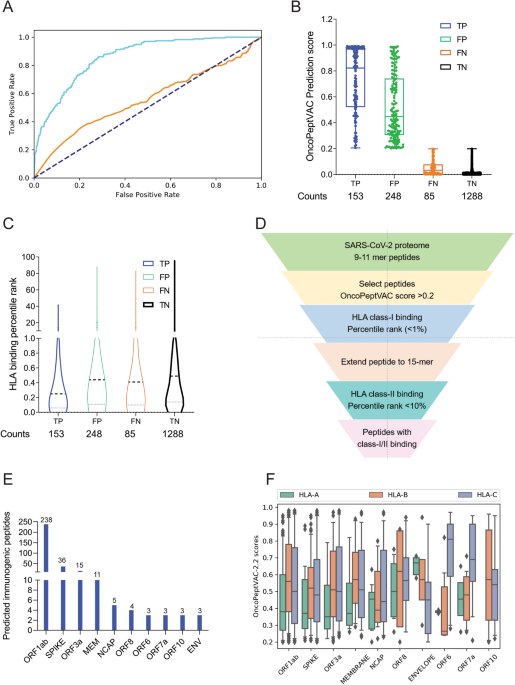

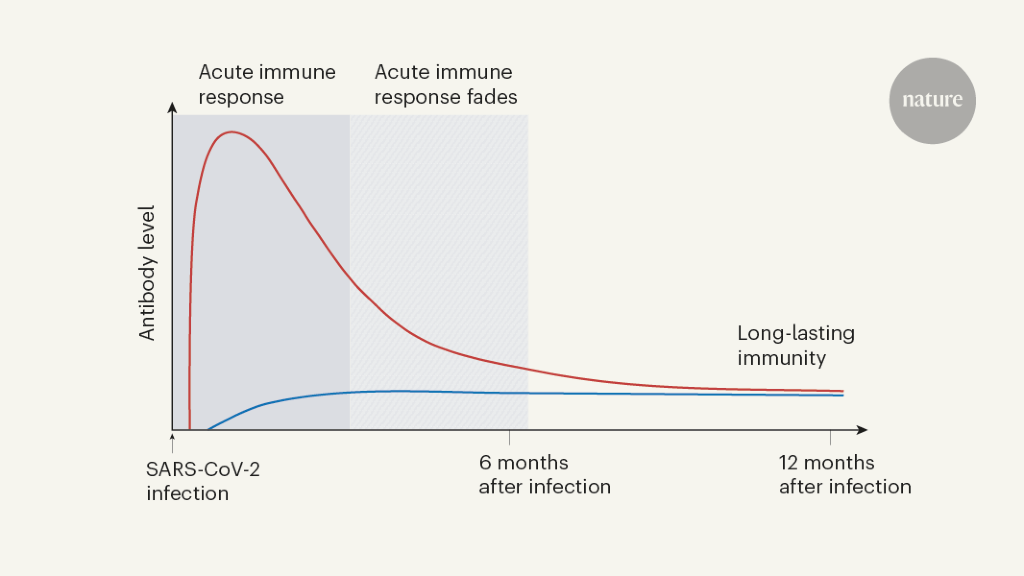
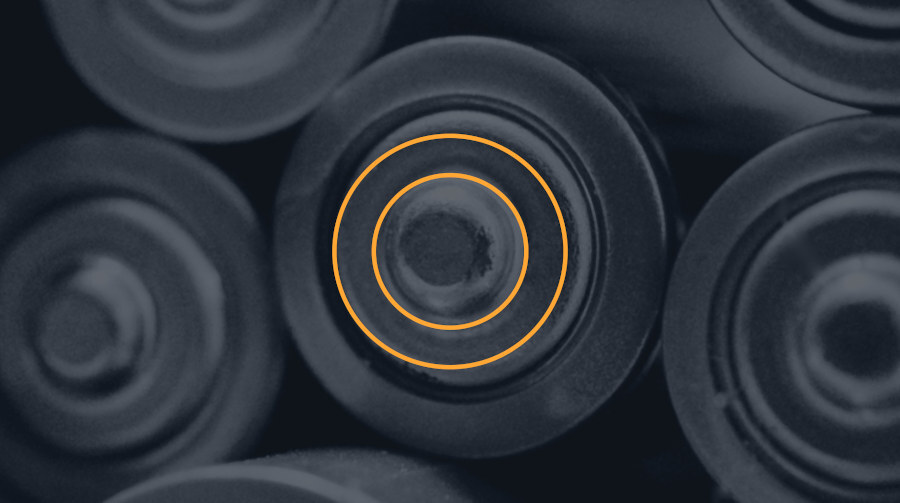


/https%3A%2F%2Ftf-cmsv2-smithsonianmag-media.s3.amazonaws.com%2Ffiler_public%2F6f%2F64%2F6f64a534-be29-44a3-a883-0c19b5e99984%2Fab1_-_branched_bamboo_coral_3689_7-25-09_jsl_0589.jpg)



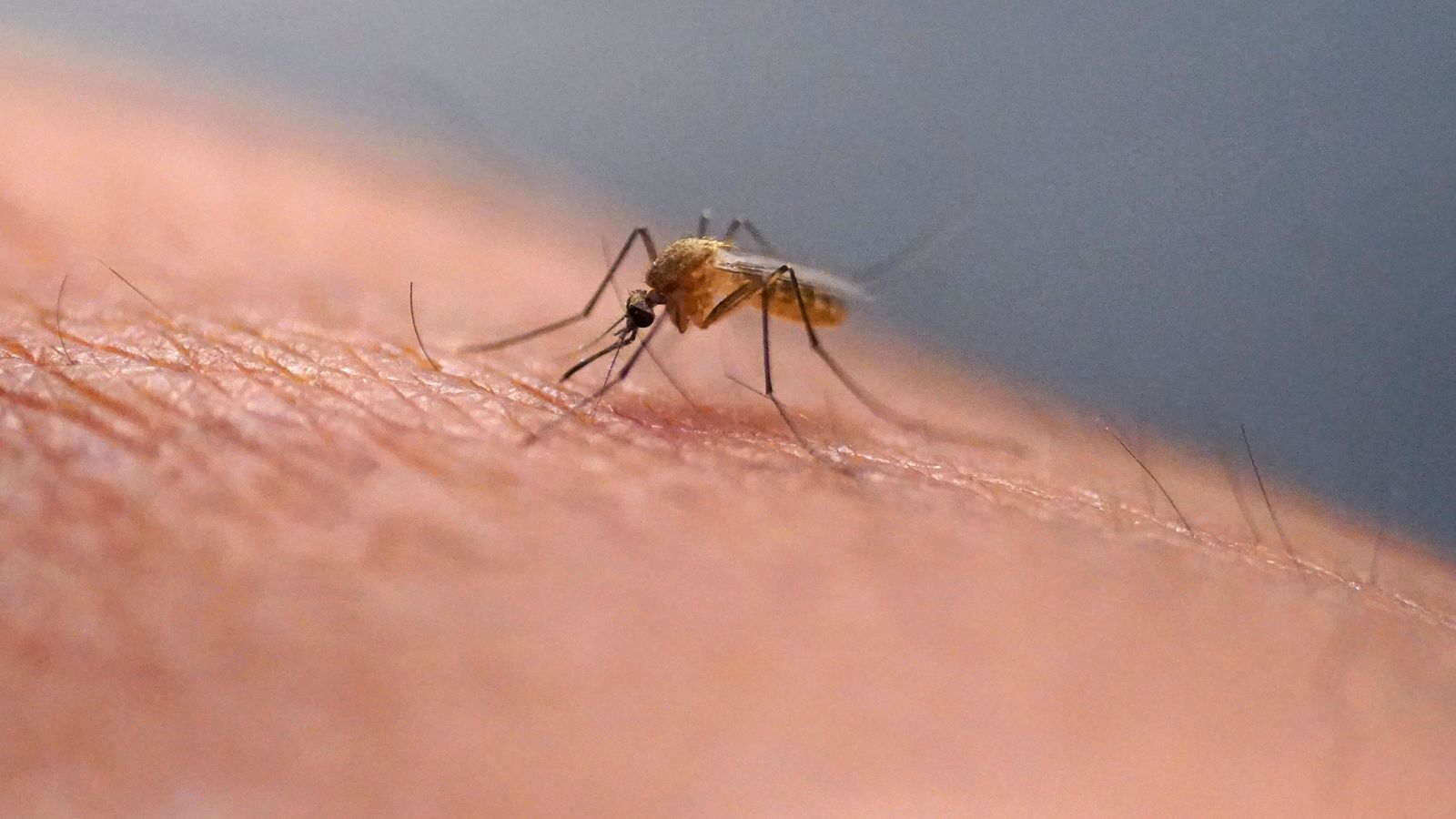




/cdn.vox-cdn.com/uploads/chorus_asset/file/25416391/STK473_NET_NEUTRALITY_CVIRGINIA_C.jpg)
